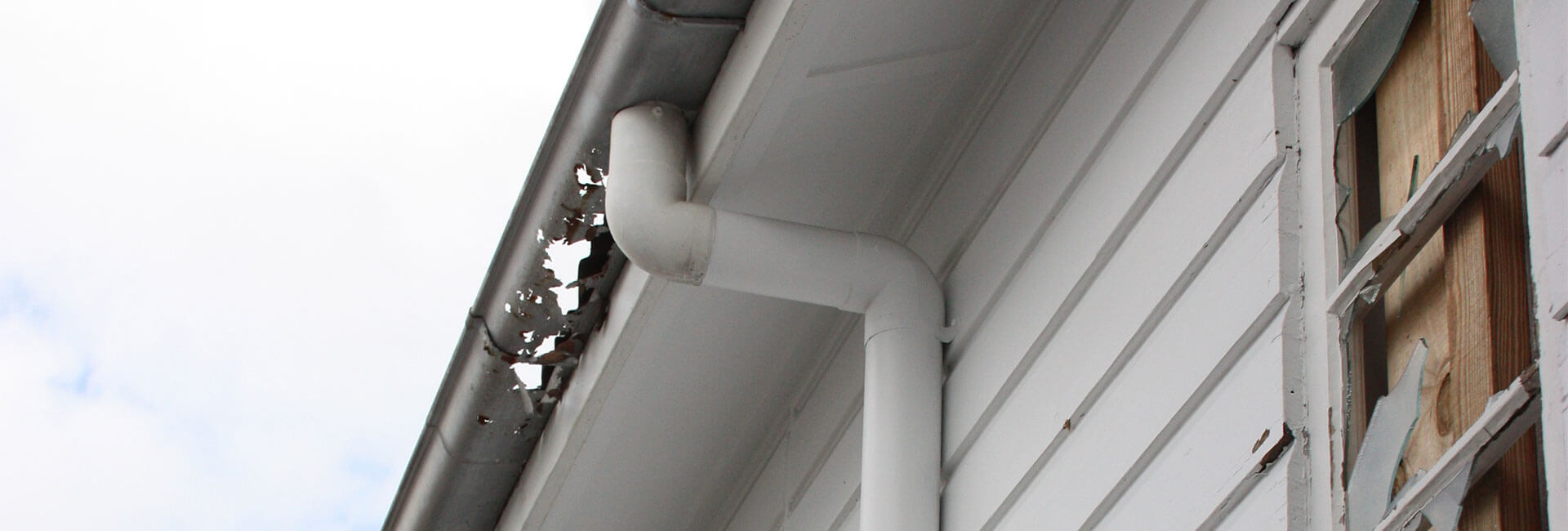Severe storms and high rainfall events are the most frequently occurring natural hazards in Australia.
In addition to high winds and heavy rain, many of these severe storms are accompanied by another particularly undesirable element – hail.
Hail has played a large role in many of the most destructive storms in Australia. For example, the November 2014 hailstorm in Brisbane is estimated to have caused over a billion dollars in damage. Hail can smash windows, dent cars and strip trees of their leaves and branches. In some cases, it can also puncture your gutter mesh.
The problem with punctured gutter mesh
When properly installed, over-the-gutter gutter mesh improves your home’s ability to withstand threats such as pest invasion, flooding and even bushfire.
It does this by keeping leaves, debris and pests out of your gutters while still letting rainwater in.
Of course, gutter mesh only helps to defend your home when it’s properly installed and fully intact. Any gaps created by poor installation, rips or punctures can compromise the effectiveness of your gutter mesh. In some cases, these gaps can also create significant problems for your home. That’s because while damaged gutter mesh can let in unwanted leaves and animals, it will still keep you out. This makes cleaning all but impossible, sometimes exacerbating the very problems gutter mesh is meant to prevent.
Hail durability testing
Because punctured gutter mesh can lead to some serious headaches around your home, Blue Mountain Co decided to test the hail resistance of all our gutter mesh products.
The lab tests we commissioned applied the solar panel industry’s hail standards. This involved shooting spherical “hailstones” with a 25 mm diameter at the gutter mesh. The hailstones were travelling at 23 metres per second.
Our Aluminium gutter mesh was not able to fully withstand this assault. However, all our Steel gutter mesh products were able to withstand “hail attack”. Because of this, we recommend that if you’re located in a hail-prone area, you carefully evaluate your strength requirements and consider choosing steel gutter mesh for your home so you can enjoy greater peace of mind.
Mesh Matcher
Hail durability and resistance can be a compelling factor when choosing gutter mesh for your home. However, it’s also important to consider other elements when selecting the right gutter mesh for your home – elements such as leaf size and your home’s bushfire risk.
To make this process easier, Blue Mountain Co has developed Mesh Matcher. Mesh Matcher is an easy-to-use tool that asks the right questions to help you determine which gutter mesh products are suitable for your home and environment.
Click here to use Mesh Matcher today and learn which gutter mesh is suitable for your home.
